Bolsonaro, a wolf in sheep's clothing (I'm the kind evangelical who is here to save you all), uses fuzzy math.
The Bolsonaro Question: How many years can the world suffer 25% Deforestation annually. When do you reach 100%?
In his mind, 25% a year still gives you 50 years of deforestation to do before there might be a problem. He is a covid doubter, and a deforestation doubter.
25% destruction of forests, reefs, and biomes per year. Would you ever think it might be just 4 years????
2021 was the greatest period of deforestation both in the Amazon and worldwide.
Bolsonaro promoted roads, Amazonian Forest cities, anti-indigenous projects, and passed open mining and deforestation projects in the rain forest.
He is the "filthiest" politician that is out to destroy Mother Earth. He is the most destructive on the planet!!! He is a super
1. Ecoterrorist, Flora and Fauna Genocidist
2. Psychopath
We are no at the brink of major climate change leading to the mass species extinction.....we are IN it.
If Genocide was a term used also for species, forests, and their Indigenous peoples: Bolsonaro would be that
Genocidist.
Boy, I'm getting ready now, for what I've documented in past blogs and books with info related to global warming and primary forest destruction. But, all I wrote just a few years ago, was before scientists stopped warning us we're near the tipping point, because we've now crossed over that.
Brazil
 |
| Tetras, one of the varieties of our aquarium fish today, originating Pantanal swamp, Brazil |
The psychopaths lead to planetary destruction by
1. promoting destructive logging, development, and open pit mining in vulnerable areas of the plant, promoting their croniesm.
2. they have no compassion, empathy, or concern for people, flora and fauna: as the psychopaths and populists see it as their manifest destiny to utilize resources, and to hell with the impacts, to hell with the future generations
3. this serves their hidden goal: looting, getting their own wealth, much of that hidden nowadays in off shore banks and lavish mega resorts. We've reported on the mega resort on the Black Sea of Putin, and why he denies he owns it.
Brazil is called the water reservoir and lungs of the planet. it is also known as a heat sink and CO2 sink, capturer.
The president of Brazil, Jair Bolsonaro is a bad one. A real stinker living in a country of such bio wealth. One would be lucky to visit this vast place, the size of the United States. it is home to
A. the Amazon region, though some Amazon forest is actually in Peru, Ecuador, Columbia and others. It is just less than 4,000 miles across.
B. dozens of major biomes, parks, and tropical regions with distinct character, flora, and fauna, like the Pantanal, the largest swampland biosphere on earth.
| Many aquarium tropical fish originated from the swamps of the Pantanal |
The Canopy Tree system:
In this Amazon, the canopy trees support a bio system different than that even on the ground. The winds from the Sahara desert drop dust perpetually into this canopy of trees. They are like giant tall umbrellas that catch this, and convey it to
microbes
plants of all types, living in the tree top system
the epiphytes, those plants that are not based on having soil, but have specialized roots that gather nutrients from the air, and moisture from daily rains of the amazon.
there are microbes, plants and animals that further live in the epiphytes like these bromeliads. The bromeliads are common worldwide, and includes some non-epiphytes, like our common pineapple.
See hundreds of varieties of bromeliads here:
https://www.google.com/search?q=chart+of+bromeliad+types&newwindow=1&tbm=isch#imgrc=-Wkwzug_xoPmGM
And, why not honor this plant and it's worldwide biomes by owning one. They are commonly sold at Home Depot and Lowes year around! Those I've known, which my grandmother grew easily, and this one lived for 3 years, dying just after blooms and seeds. But, nicely before it withers, it sends out several shoots you root in that soil or cut to root, so she had several to keep and give away, always.
This was her favorite variety, and she shunned all other types. It has huge dust covered gray leaves. Note the large pink flower, shaped like a pineapple, but it has large seeds instead of a fruit. If you want to know how to germinate the seeds, you can easily find that online.
Because this one has that canopy tree top shape of a cup gathering water and holding tiny flora and fauna inside, it's easily maintained:
put it in the sunniest window you have, or other bright light
but that spot is one where it should not "cook" in the heat: the Amazon Tropical Forest is so odd, you'd think it would be a cooker like Arizona. It's not, because the temperature there is 85 degrees at the hottest. When it gets hotter, the Amazon simply turns on the rain to bring the temp back down to 75-80 degrees. How does this happen?
hot mornings roll into that hot zone
by noon, the Amazon is a mass of misty formed clouds: the water evaporates under the heat, causing the daily:
late afternoon to night rains, which stop when the clouds are emptied out, and the earth late evening and early night has naturally cooled from nightfall, where a lower temp no longer produces such massive clouds. In Brazil, this massive system over tropical areas of the Amazon, and really all of tropical Brazil except a few cold and temperate regions, is called Nuvens Lotatadas, in their weather reports. Nuvens Cargagadas, clouds carrying a big big load.
This occurs in the Amazon Rain Forest where daily rains produce a half-foot of water daily. It occurs in lesser quantities, but still on a daily schedule, like the coffee lands of Brazil and many other Latin American Countries.
B. This is the other tropical regions of Brazil, including the "gone and dead" Atalantic rainforest, home to endangered species, but uniquely, the Mata Atlantica has many species of it's own, both plants, animals, and microbes.
It has indicator species like all places in the world. One indicator species used by scientist to "indicate" or show the danger to the environment, biome, overall includes the small primates, like the Lion Tamarind of the inner city park of Rio De Janeiro, Tijuca Park, and the national parks of southern Rio De Janeiro state, including Itatiaia National Park.
Itatiaia National Park, Rio de Janeiro, has several climate zones, from wetest rain forest to high altitude grasslands.
Did you know where your Christmas Amaryllis originated from?? Itatiaia National Park is one of the few zones left of the Atlantic Rain forest that runs 3,000 miles of coastal Brazil....but only 3% of it is left.
Christmas Amaryllis Hippeastrum morelianum and the Agulhas Negras peak - Itatiaia National Park - RJ/MG |
.
The Amaryllis, post the breeding developments of the Dutch for hundreds of years after discovery.
In lists of the "great" psychopaths of this day, today, I've included
1. Hitler, of course
2. Putin, of course
3. Right wing Gop, like those GOP:
4. Bolsonaro, the killer of the Amazon
The Bolsonaro Question: How many years can the world suffer 25% Deforestation annually. When do you reach 100%?
What are the impacts of deforestation?
1. loss of hundreds of species of animals, plants, and even micro-ogranisms. The beautiful Macaws of the world need a zone of about an acre, a territory for their nest. Without that, they die off. They are dying off, including many species throughout South America.
2. The trees plants that gather and sequester CO2 in their roots are gone. The ants that make up 40% of the biomaterials of the Amazon jungle are gone. How the trees and those ants interact with thousands of other species are gone, stopped, dried up in the sun when the rain forest canopy disappeared.
3. besides being CO2 "sinks", holding that in the ground, the forest loses its ability of both roots and tree to act as a "heat sink", capturing and mitigating climate change.
Tiny tropical rain forest frogs may one day provide medical answers or treatments for humans: cancer, disease, etc.
Supporting removal of Jair Bolsonaro is Leonardo DiCaprio. Save the Rain Forests from the President of Brazil!
Bolsonaro is known for "Christian Cronyism", an evangelical in Catholic Brazil. He and his sons are also the kleptocrats. See that term in the word cloud below.
His favors go to:
evangelical oriented causes, causes that are contrary to other religions, tolerance, and historical Brazilian culture: carnaval.
mining of the amazon
anti-gay and anti-rights causes
anti-environmental causes
He's a dirty filthy one, a wolf in sheep's clothing, and promoted by the growing conservative evangelical movement in Brazil that shares all values of Bolsonaro, and above.
What is Cronyism?
Click on any of these links to go to that major website, and then find 25 more terms to the one you picked.
Synonyms & Antonyms of cronyism
- The mayor has been accused of cronyism.
Synonyms & Near Synonyms for cronyism
chauvinism,
favoritism,
nepotism
bias,
favor,
nonobjectivity,
one-sidedness,
partiality,
parti pris,
partisanship,
ply,
prejudice,
tendentiousness
self-opinionatedness,
self-partiality
bent,
inclination,
leaning,
penchant,
predilection,
predisposition,
proclivity,
propensity,
tendency
preconception,
prejudgment,
prepossession
https://www.merriam-webster.com/thesaurus/cronyism





 .
.



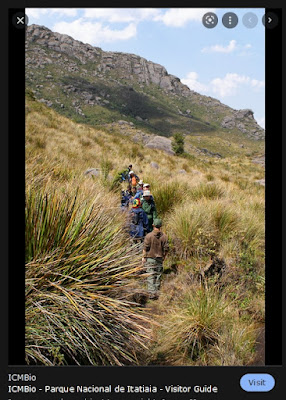





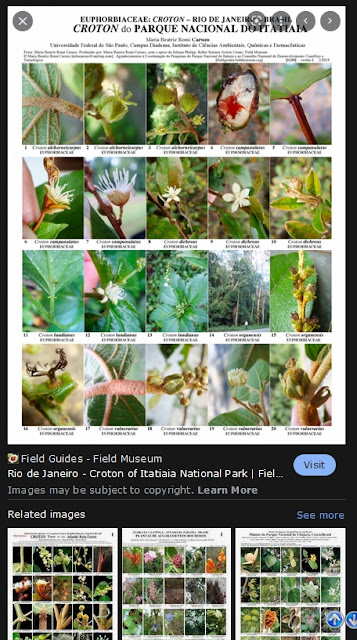


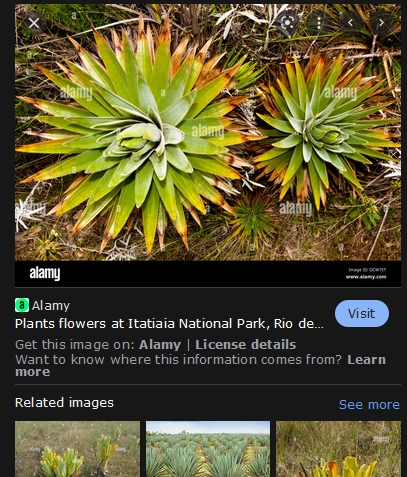






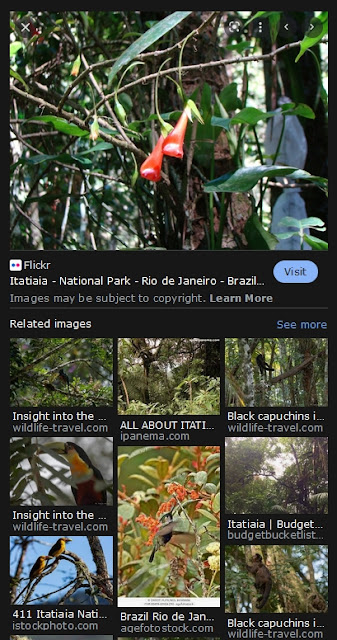
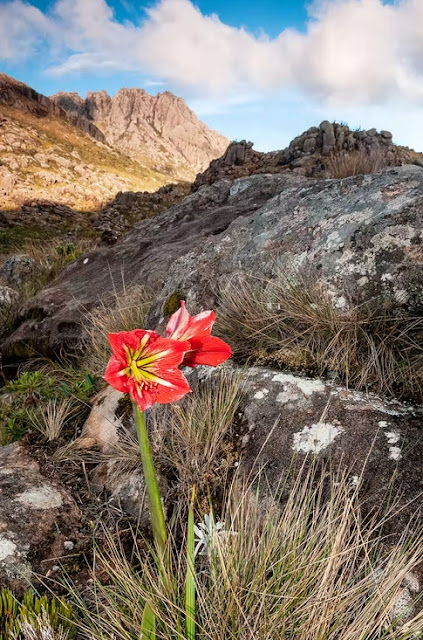


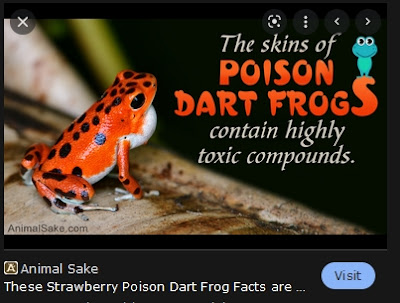




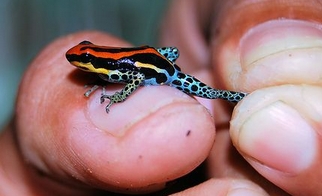

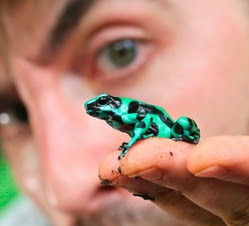






No comments:
Post a Comment